supination vs pronation arm
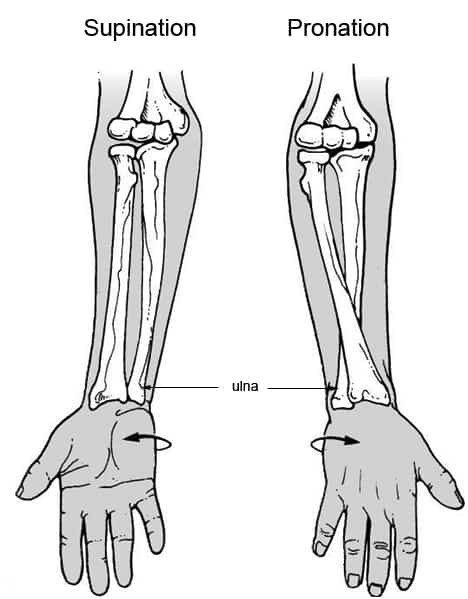 Examining the Forearms - POST COMPETITIVE INSIGHT
Examining the Forearms - POST COMPETITIVE INSIGHTWhat is the Difference between Supination and Pronation? Supination and pronation are terms used to describe the up or down orientation of your hand, arm or foot. When his palm or forearm looks up, he suppositioned. When the palm or the forearm looks down, it's prone. When supposition and pronation refer to your feet, it is a little more complicated. Both terms involve your bet and how your weight is distributed while walking or running. An easy way to remember the difference is that supposition has the term "up" on it. and on the foot are terms used to describe the mechanics of how to stop, walk and run. Ideally, your weight must be balanced on your feet while moving. Your feet should not be supported in (pronation) or outside (supination). In a right step, your foot must roll forward with heel on foot. Your pronation must be neutral. Looking at the back of your foot and leg, your heel, ankle and knee must form a straight line. Excessive supposition If you have excess supposition, it causes stress on the outside side of your foot when you walk or run. Your shoe will show uneven wear on the outside of the sole. If it is supplanted, it can cause excess tension in the ankles. It can lead to spindles, calluses or bunions on the outside side of your foot, and pain in the heels and balls of your feet. Excessive supposition is also called subpronation. Pronation ExcessExcess of pronation, or , means that as you walk, your foot rode into the interior and your bow tends to flatten. Your shoe will display uneven wear on the inside of the sole. Overprontion is more common than subpronation. If you overpronounced, you may develop pain in your: Causes You are likely to be born with feet that tend to overpron or underpron. This may be because your bow is too high or your leg length is not even. But it can also result from injury, overuse, or walking or standing on hard surfaces. Overprontion can also result from obesity or pregnancy. Possible Injuries If you are a runner, power walker, or athlete and your pronation is not neutral, it is a good idea to see a professional for a betting evaluation and treatment. Special orthopedics or shoes can help you avoid: Your doctor, coach or physical therapist may also suggest stretching and exercises to help you walk and run properly. The lower half of your arm, from your elbow joint to your hand. It is composed of two long bones: the ulna and the radio. The ulna remains stable, while the radio rotates to supthe or pronate the hand. When your palm and forearm are looking up, they're supplanted. When they're facing down, they're prone. InjuriesThe forearm is a common location for injuries in falls, accidents and sports. The injuries of the forearm are among the children. The breakages of the forearm in one or both bones represent . The forearm injuries are common in sports, especially rackets or pitch sports. Excessive use and other injuries of the forearm that affect the nerves of the elbow or wrist can cause it to be painful to pronate or supthe your arm. The forearm and wrist injuries can also come from excessive use in playing a musical instrument, sewing or other repetitive work with arms and hands. Both are common overuse injuries of the forearm in sports that involve excessive bending of your wrist or motion of pronation-suction. You're an extension of your forearm. You can't supposition or pronate yourself. Supination and pronation of the arm come from the arm movement, not from the wrist movement. Specific wrist movements include bending, extension and lateral movement side by side. Wrist's injuries related to sports are common. Around all injuries related to sport involve the wrist or hand. Wrist injuries that can affect the arm movement include, which comes from pressure on the median nerve on the wrist. FootExcess pronation or excess supination in the foot is well studies in sports medicine. It can cause an imbalance in the alignment of your body that leads to pain in your: Treatment is usually conservative, and will depend on the severity of the problem. The goal will be to correct the imbalance and help prevent injuries. A standing professional can analyze your gait and the extent of your excess pronation or supposition. They may suggest orthopaedic templates to correct their dealination or a heel lift for one foot, if their legs are different lengths. In some cases, you may need special shoes or slippers. Some types of injuries, such as , respond to . The right shoesThe wear is important. People with excess supposition or pronation need shoes with proper cushioning and a lot of feet room. Fortunately, today there are many options for sports shoe. People who have excess supposition need cushioning, flexibility and heel support to balance the outer roll of the foot. Those with excess pronation need a more stable shoe with a firm sole and cushioning heel. If your doctor has recommended orthography, you will need to find a shoe that suits you and can accommodate the orthotic. Find a good shoe store with an experienced adapter to help you. Or bring your new shoes to a podiatrist or physiotherapist to check them out before you start using them. Physiotherapy Your doctor may refer you to a physical therapist for values analysis and a stretching and exercise routine you can do at home. Manual therapy can also be helpful if you have foot or leg pain related to your supposition or pronation. Antebrazo and Doll The first line of treatment for antebrazo and wrist injuries is conservative: A health professional can use an instrument called goniometer to measure his range of arms, including supposition and pronation, before and after treatment and physical therapy. The goal is to recover the whole range of motion. When conservative treatment is not enough If you have a wrist fracture or a fracture, bone fragments will have to be aligned to grow again properly. Your arm will be immobilized on a spine, bracelet, plaster or sharpening to help in healing. Your doctor may recommend physical therapy while your arm is healing. After the spine or plaster is removed, you are likely to suggest physical therapy to help you regain strength and flexibility in your arm. Nerves on the arm can also be injured or pinched for excess use. If conservative methods do not relieve pain, your doctor may suggest: It is a good idea to see a doctor if you have any standing pain. This may be your regular doctor or standing specialist, also called podiatrist. You can also get help from a physical therapist, a sports coach or a chiropractor. A professional bet analysis can help: If you have pain in your arm and wrists, a professional can prescribe a spine or bra to stabilize your arm and wrist. They can also give you specific exercises and stretches to help strengthen your arms. Supination and pronation are terms used to describe up or down the orientation of your hand, forearm or foot. If your feet are too supplanted or pronated, you can throw the alignment of your body out and make it prone to injuries. It is important to see a doctor and get treatments that can help correct your posture. For athletes or people who play sports with rackets or launches, excessive use can cause problems with supposition and pronation of their arms. Excessive use can also cause nerve damage, which must be treated. Last medical review on 26 November 2019Read this following

Is pronation/supination a movement part of the wrist or the forearm?

Supination and pronation of the forearm: Supinator, (not shown Biceps brachii), Pronator teres, and Pronator quadratus. | Muscle anatomy, Anatomy, Biceps brachii

Bones that construct elbow and forearm, and pronation-supination of... | Download Scientific Diagram
Is pronation/supination a movement part of the wrist or the forearm? - Quora
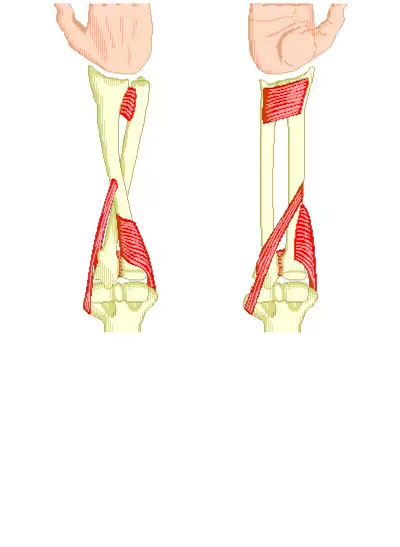
Pronation/Supination - Anatomy Pictures and Information

My journey around the world — SUPINATION VS. PRONATION ⠀ [ANATOMY &...
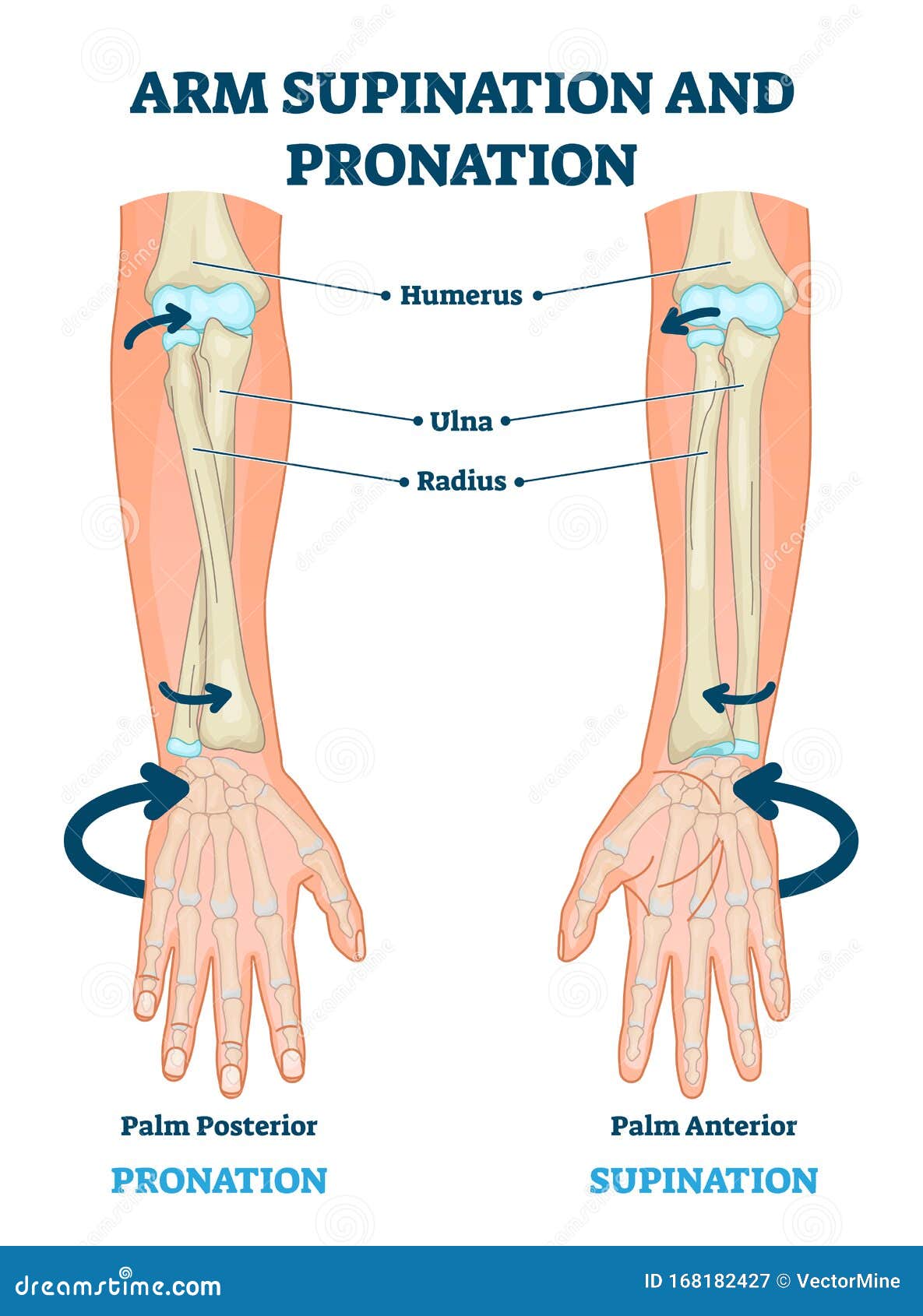
Arm Supination And Pronation Vector Illustration. Labeled Anatomical Scheme Stock Vector - Illustration of inwards, anterior: 168182427

Pronation/supination - Alex Table Tennis - MyTableTennis.NET Forum

Arm Muscles: 21 Pronation and Supination - YouTube

What's wrong with bunny hands on dinosaurs? | paleoaerie

pronation and supination of the forearm - YouTube

Pronation vs Supination Feet (Page 1) - Line.17QQ.com
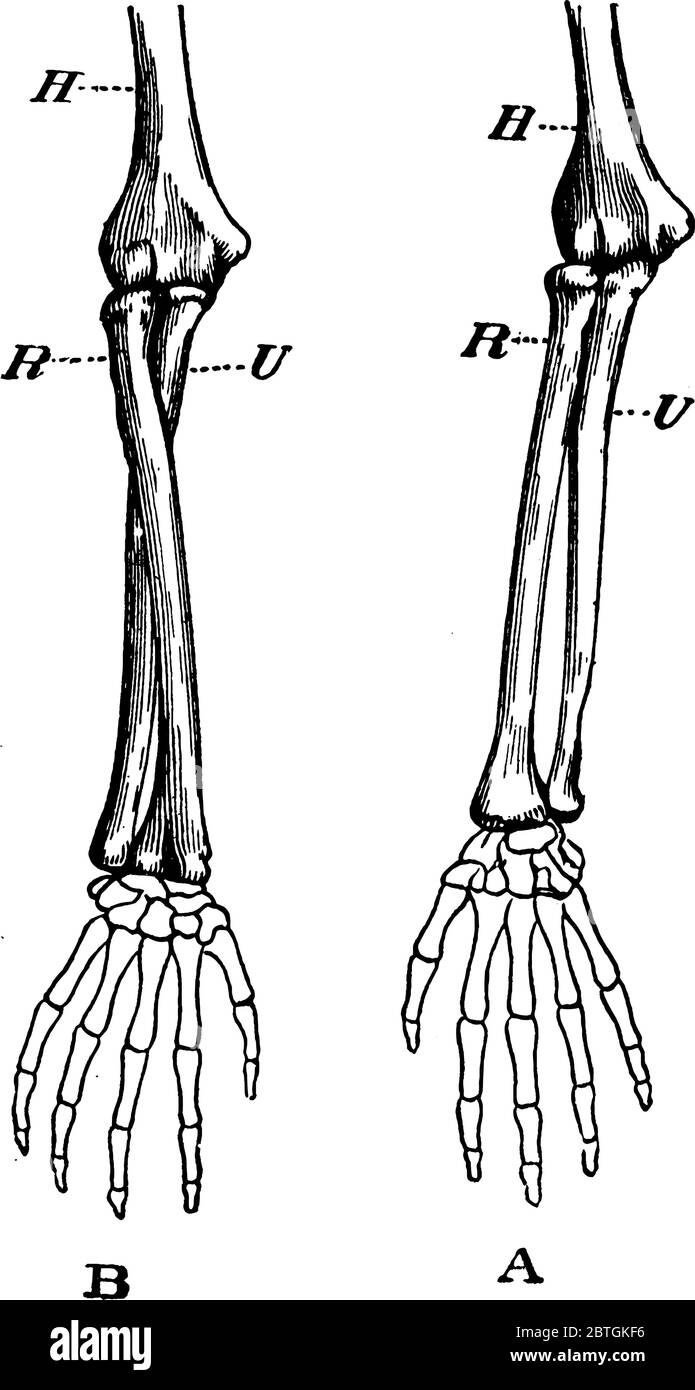
A typical representation of the human bones of the arm. Labels: A, arm in supination; B, arm in pronation. H, humerus; R, radius and U, ulna, vintage Stock Vector Image & Art -

Pronation and supination of the forearm: Biceps brachii, Supinator :: Pronator teres, Pronator quadrates | Biceps brachii, Human anatomy and physiology, Anatomy
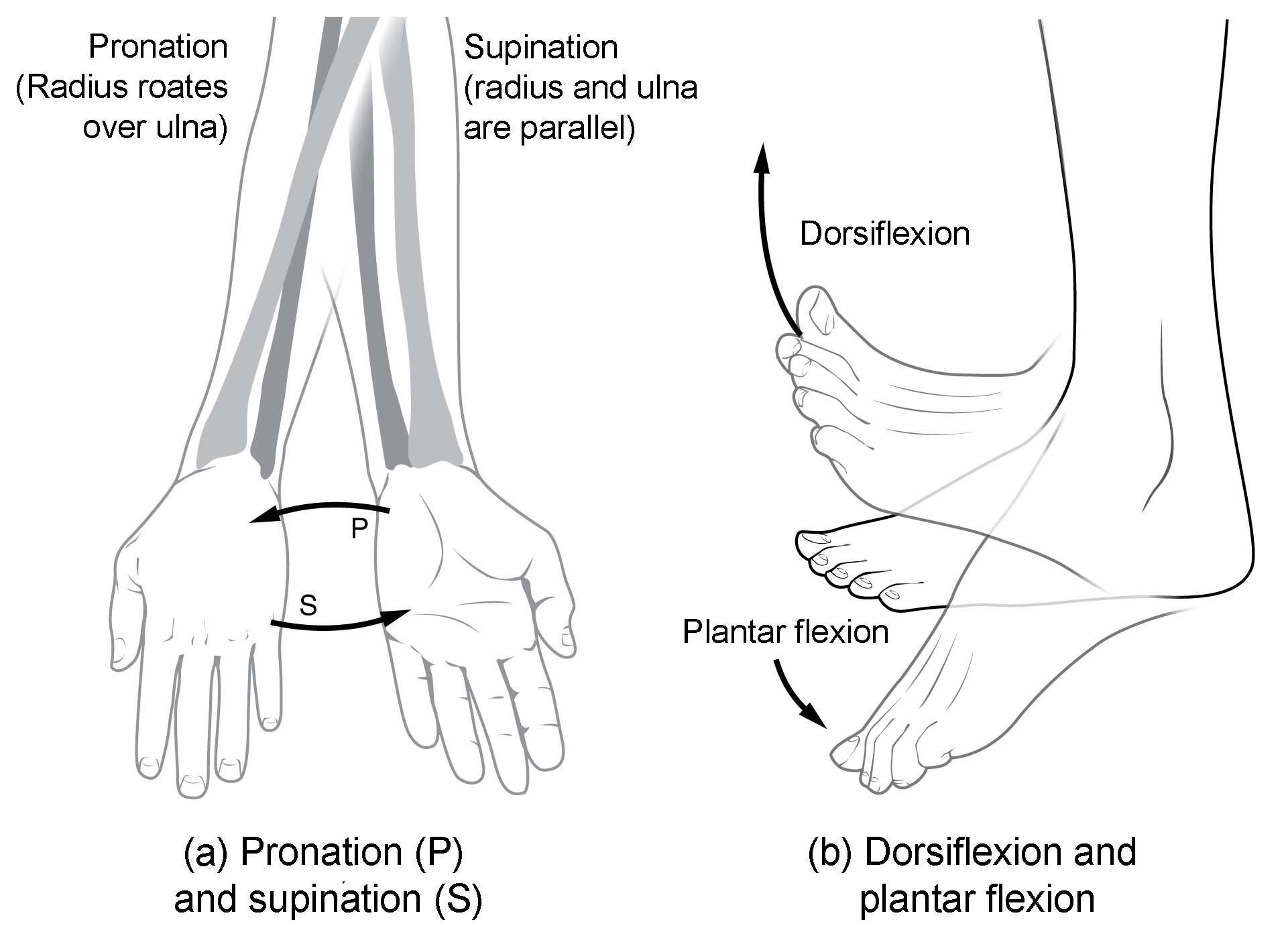
Types of Body Movements | Anatomy and Physiology I

Bones that construct elbow and forearm, and pronation-supination of... | Download Scientific Diagram

Forearm Supination And Pronation Position Anatomy

Pronation Definition Anatomy - Human Anatomy

11112_07C) Supination and Pronation of Forearm – Anatomy Exhibits

pronation vs supination hand - Google Search | Pronation, Science articles, Medical dictionary

What is Pronation and Supination of the Forearm? - YouTube

Supination and Pronation: What It Means for the Foot and Arm

Pronation and supination of the hand: Anatomy and biomechanics - ScienceDirect
:background_color(FFFFFF):format(jpeg)/images/library/13039/Supination_of_forearm.jfif)
Supinator: Origin, insertion and action | Kenhub

Pronation and Supination | Anatomy Study Buddy

Bones of the arm in pronation and supination - Stock Image - P116/0310 - Science Photo Library

Foot Pronation and Supination (Page 1) - Line.17QQ.com
:background_color(FFFFFF):format(jpeg)/images/article/en/pronation-and-supination/G3QAemLnKqHdhWMIGse7A_QapMmcDllEEkw8rNuLTEhA_Elbow.png)
Pronation and supination: Anatomy, definition, images | Kenhub

Arm Supination And Pronation Vector Illustration Labeled Anatomical Scheme Stock Illustration - Download Image Now - iStock
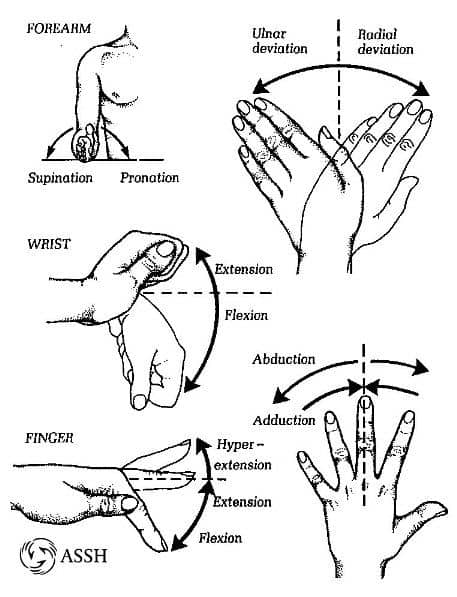
Examining the Forearms - POST COMPETITIVE INSIGHT
Differences in Forearm Muscle Activation between Amateurs and Pro's — Dr. Golf Guru. Golf Blog
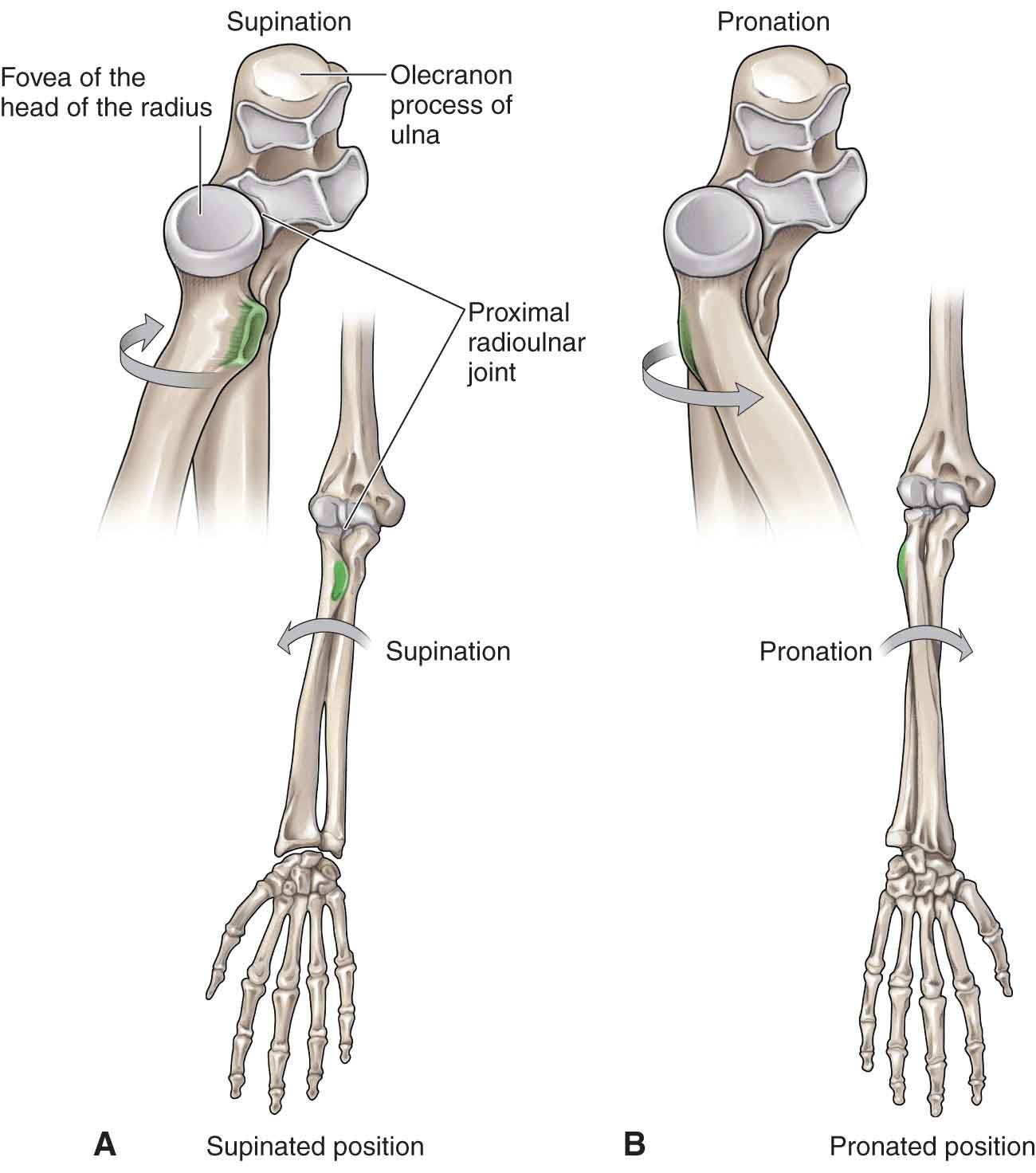
Elbow | Musculoskeletal Key

Great pic demonstrating complexity of movement of pronation / supination of the forear… | Physical therapy assistant, Physical therapist assistant, Nursing students

Differences in Forearm Muscle Activation between Amateurs and Pro's — Dr. Golf Guru. Golf Blog

Ergonomic Keyboards for a COVID-19 World | by Mikail Khan | The Startup | Medium

How do you rank wrist movements in arm wrestling from most to least important, and why? : armwrestling
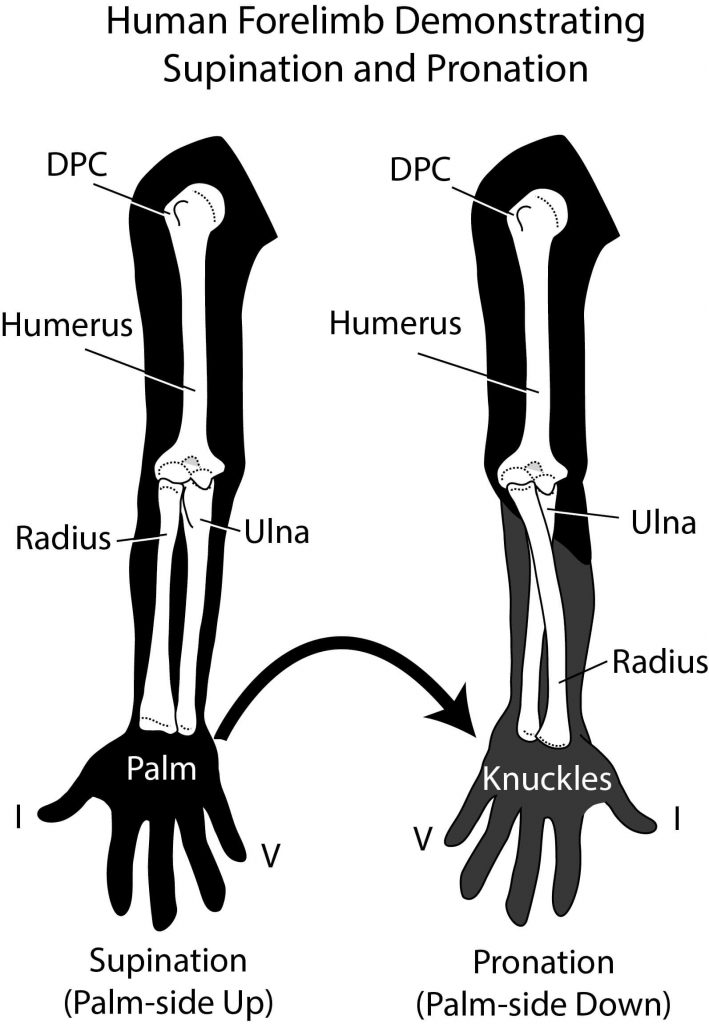
OVERHAND vs UNDERHAND Tricep Extensions | What's better? – Sebastian Fitness Solutions

PhysioOsteoBook - SUPINATION VS. PRONATION | Facebook

Individual Muscles of Forearm: Rotators of Radius Anatomy Right forearm: anterior view, Supination Prona… | Human muscle anatomy, Medical anatomy, Forearm anatomy

Example of primitive motion types: (a) pronation/supination at forearm,... | Download Scientific Diagram
Posting Komentar untuk "supination vs pronation arm"